The Friends in Operation
Throughout the year, the Friends welcomed all Philadelphians to celebrate with them through festivals that reflected Japanese holidays. The Spring Festival incorporated Kodomo no Hi, or Children’s Day. The Summer Festival introduced guests to Tanabata, the Star Festival, and Obon, a Buddhist festival celebrating the ancestors. The Friends cooked Japanese food and sold Mingei folk crafts and cultural wares. Volunteers demonstrated tea ceremony, calligraphy, origami, taiko drumming, bonsai, ikebana, and folk dances.
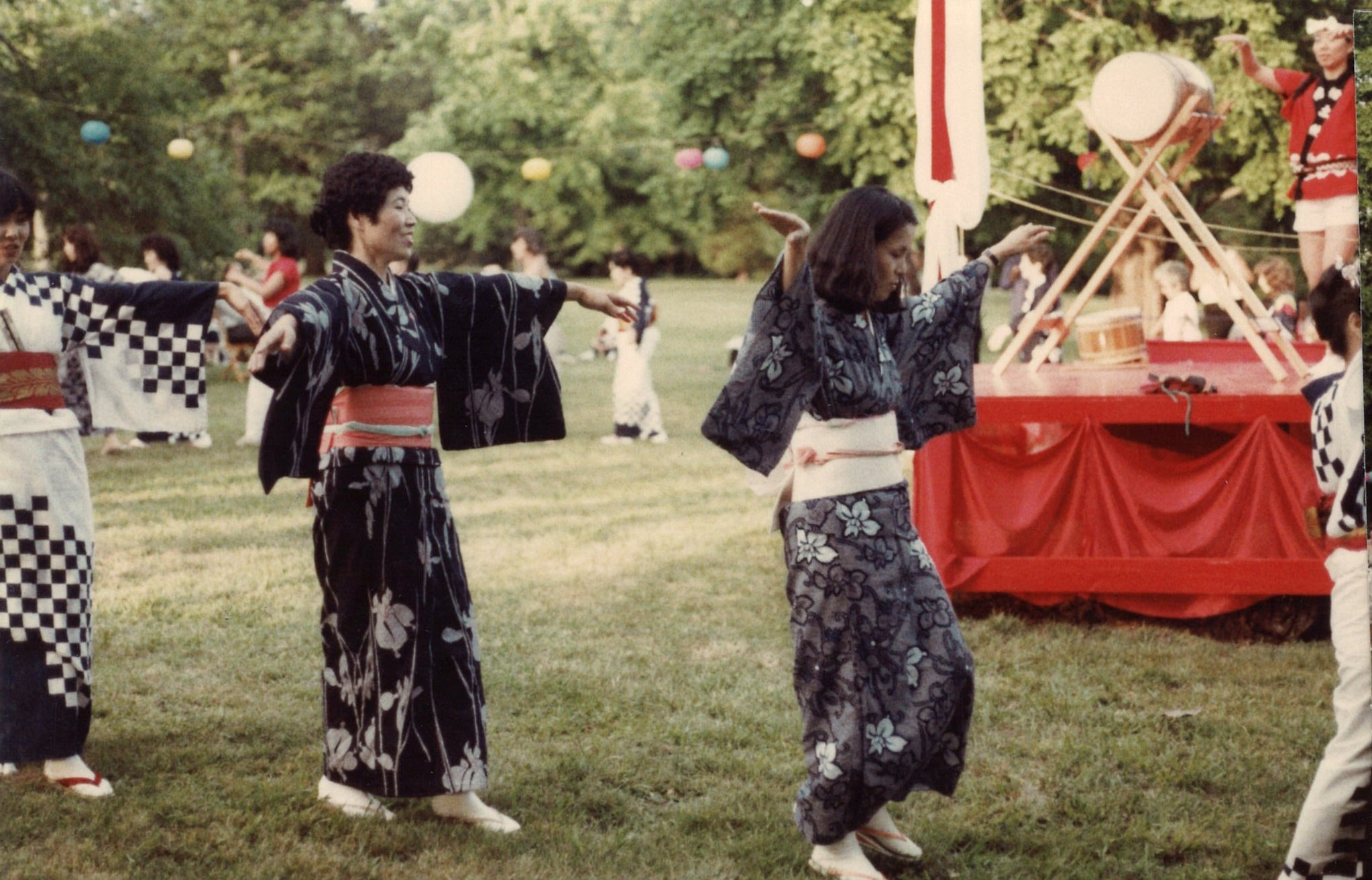
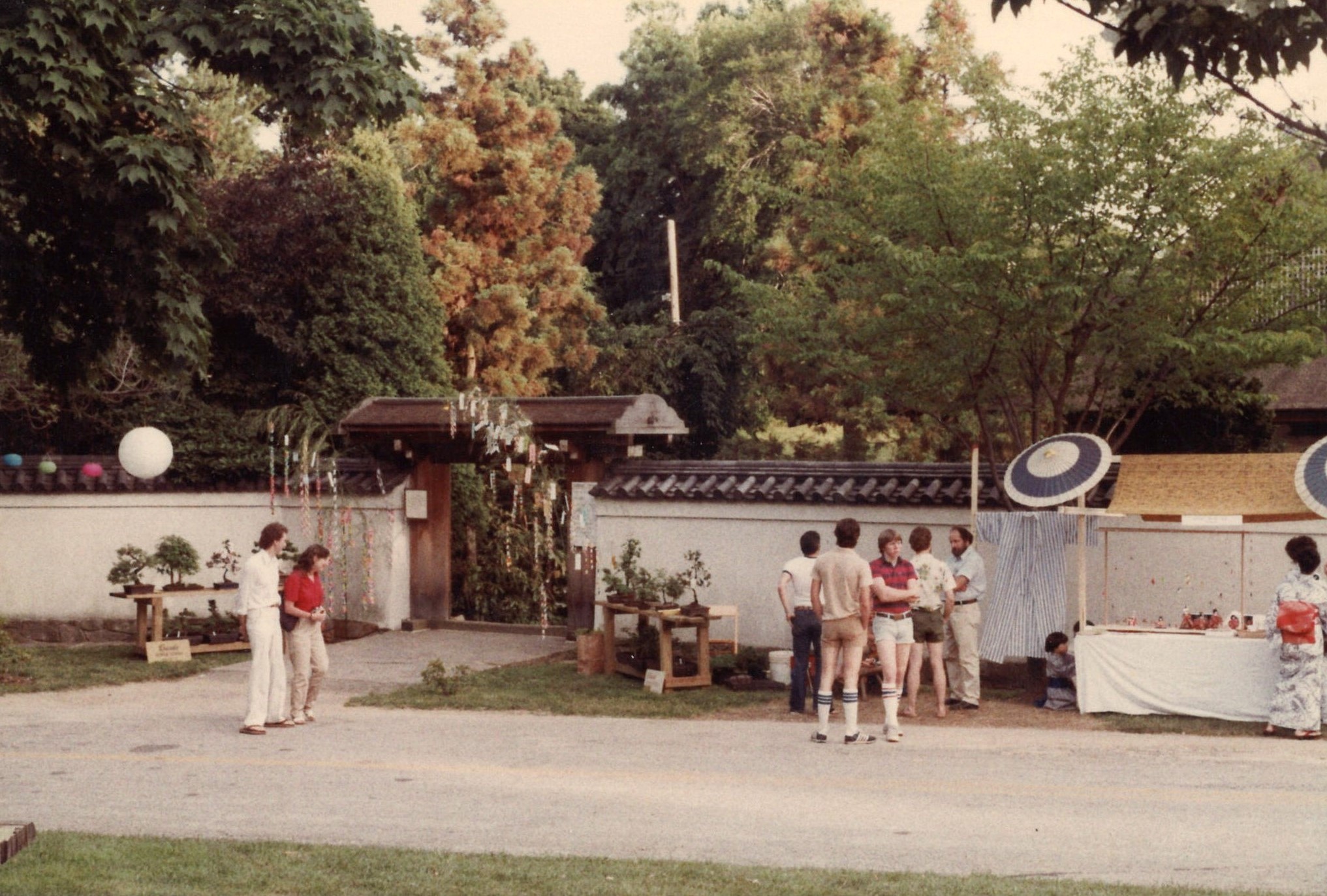
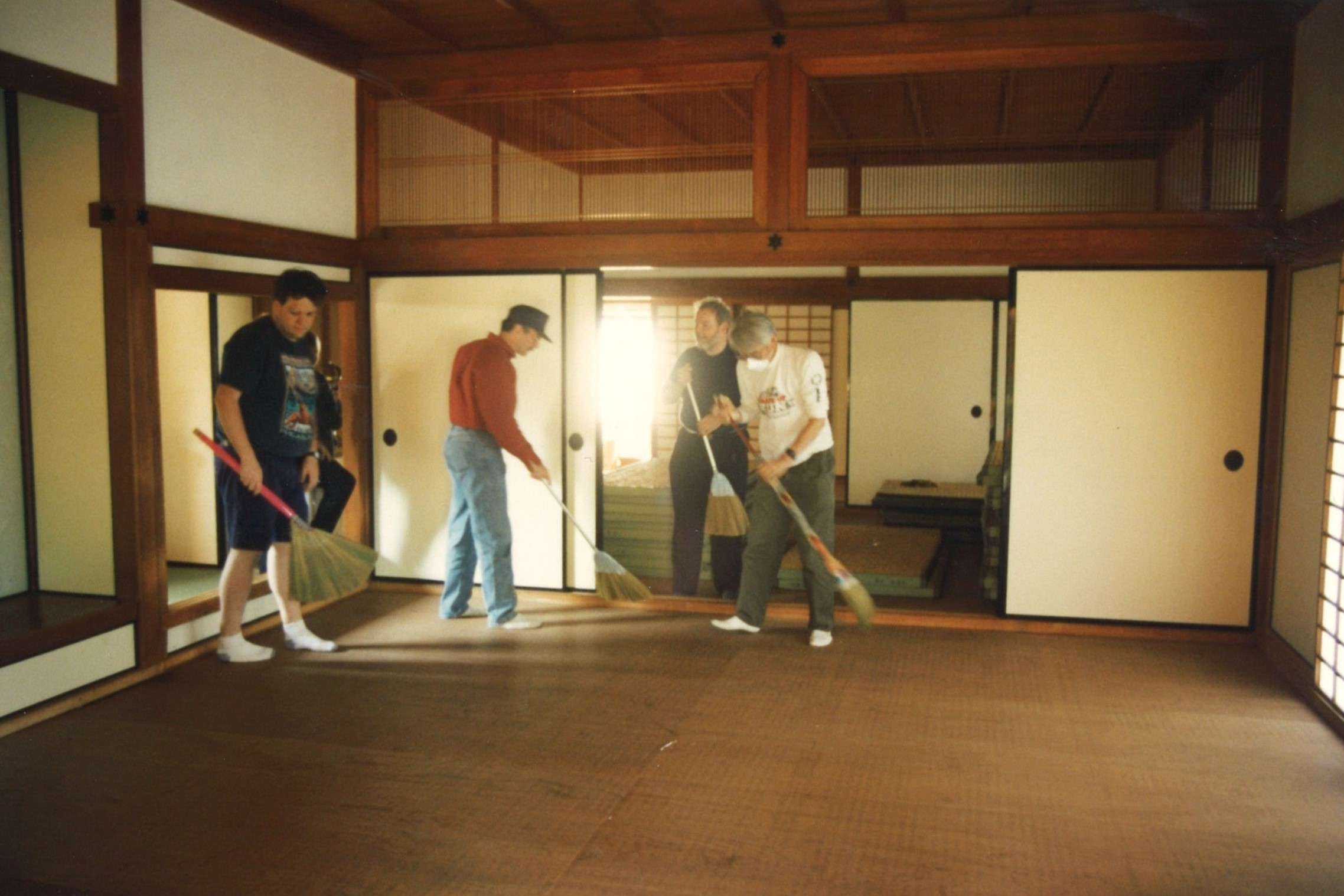

Despite having their own careers, the Friends opened Shofuso to tours and tea ceremonies daily. They also created space for critical discussions. An annual winter lecture series explored topics in Japanese and American politics, Japanese art and culture, and architecture.
To the Friends, the Japanese American community was worth their investment, and it was through these highly visible events the Friends asserted their place in Philadelphia. These events and programming continue as the foundation of Shofuso’s operations today.
On October 16, 1983 the City of Philadelphia issued a proclamation celebrating Shofuso’s 25th anniversary in Fairmount Park. As one of the first major events hosted by FJHG, this was an important step for the city to publicly recognize the significant role that Nisei were playing in stewarding Shofuso’s development into a beloved Philadelphia cultural institution.
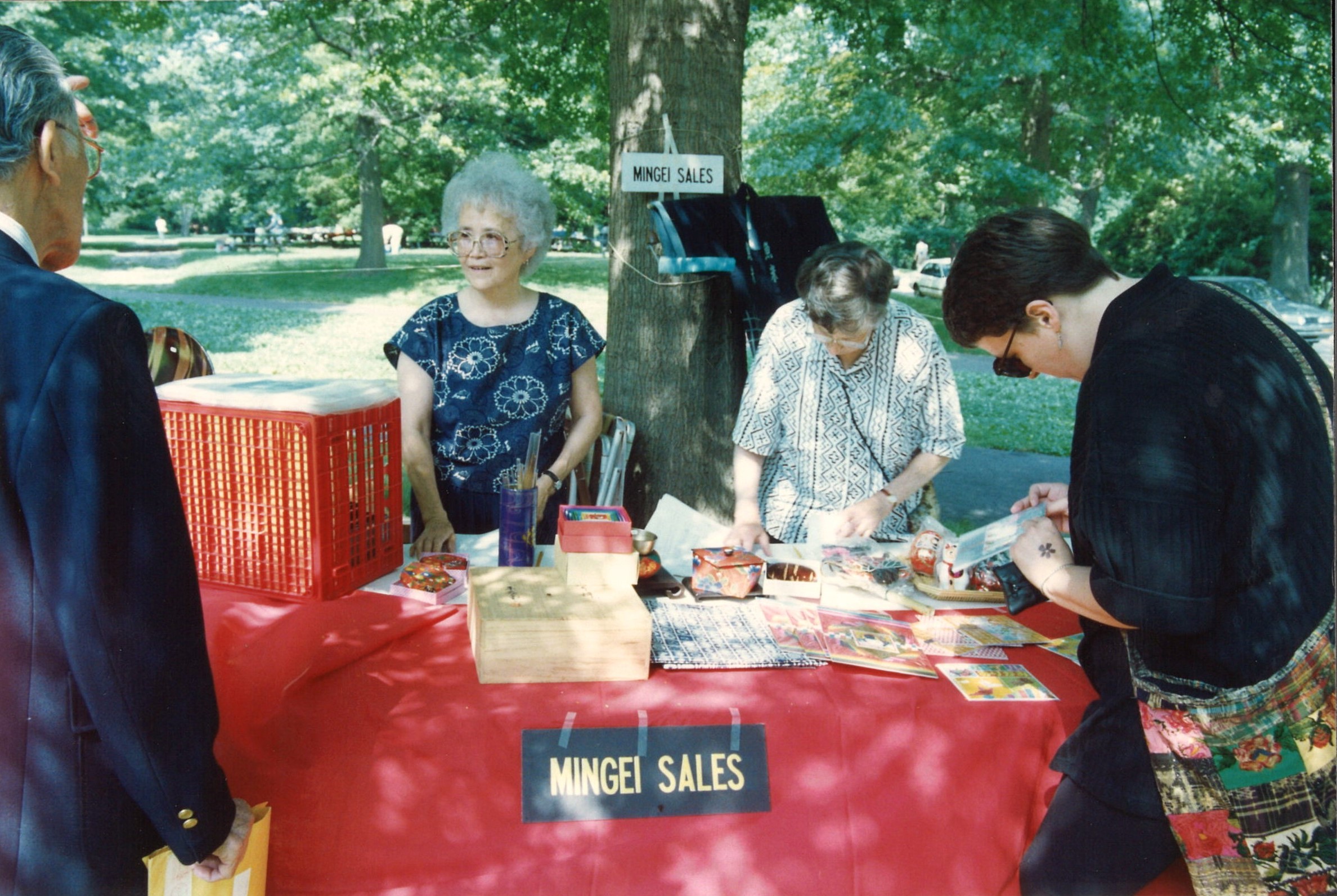
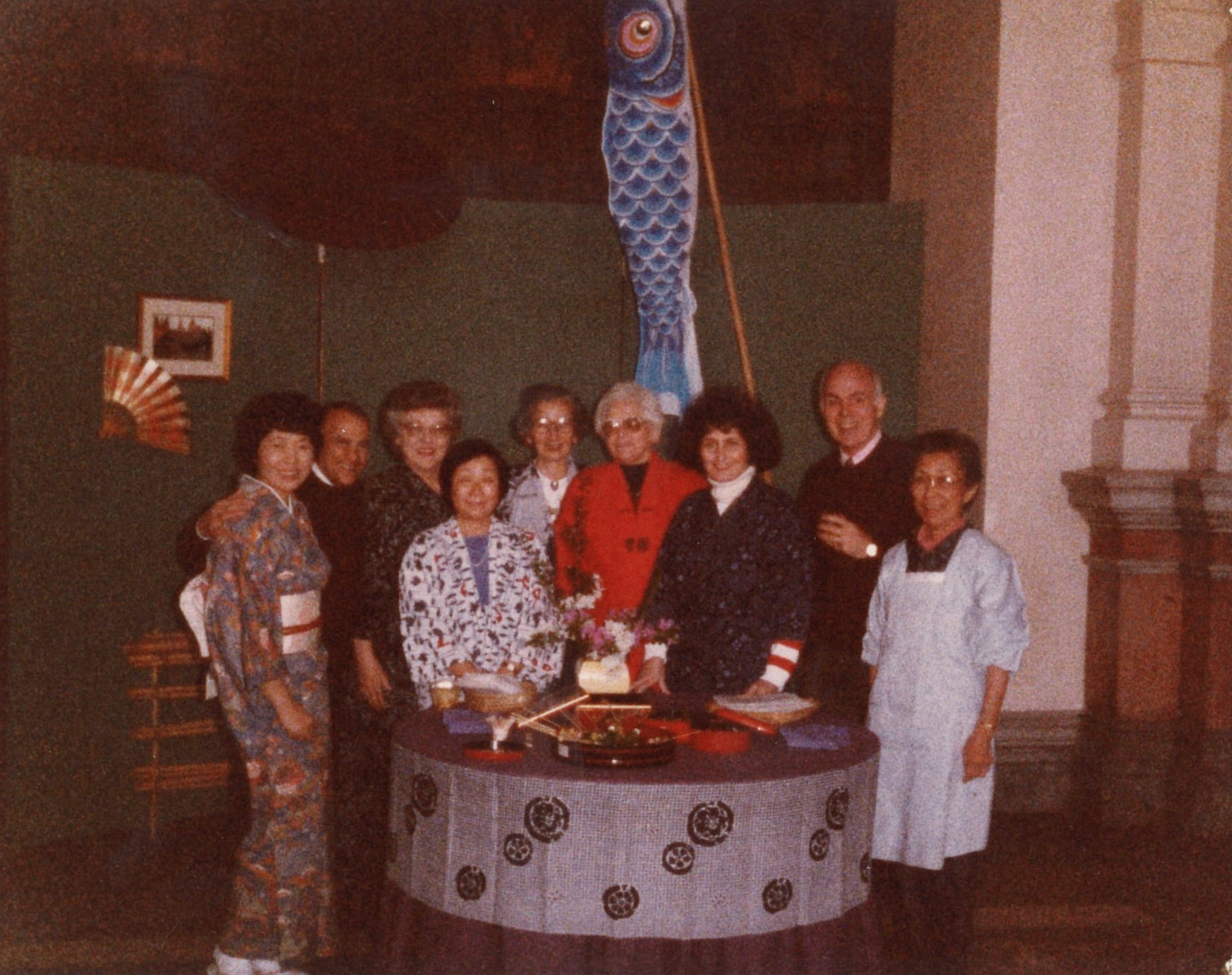
Organization in Transition
Mary Watanabe and the Friends expanded the operations and focus of the FJHG. When Mary retired from the group in 1988, they professionalized the position. In 1991, Dr. Frank Chance was hired as the first executive director.
In the 1990s, the Nisei began to take a less visible role in the organization. Their final efforts were focused on the restoration and preservation of Shofuso’s hinoki bark roof. In 1997, FJHG mounted a capital campaign to raise the approximately $1.4 million required to restore the roof using traditional Japanese construction methods. The successful restoration of the roof in 1999 was largely due the individual contributions donated by Philadelphia’s aging Nisei population.

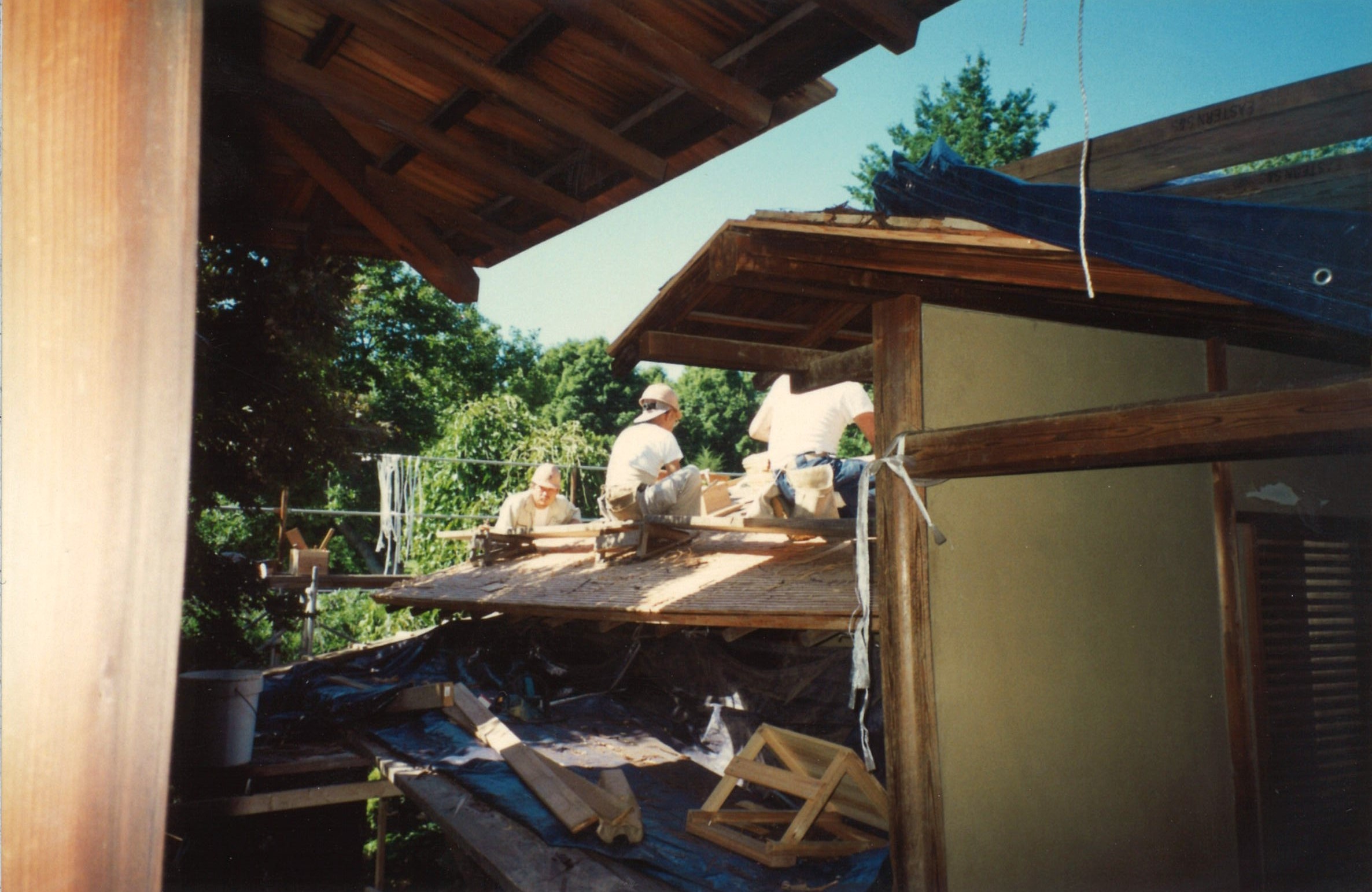

Shin-Issei Steve Yanai succeeded Mary Watanabe as FJHG President. The organization blossomed into one that encompassed Japanese expats, Nisei, Sansei, and other non-Japanese supporters. While each came to the space for different reasons, they all left a lasting impact on the site, ensuring that Shofuso would remain as a Japanese cultural oasis for future generations of many diverse backgrounds.